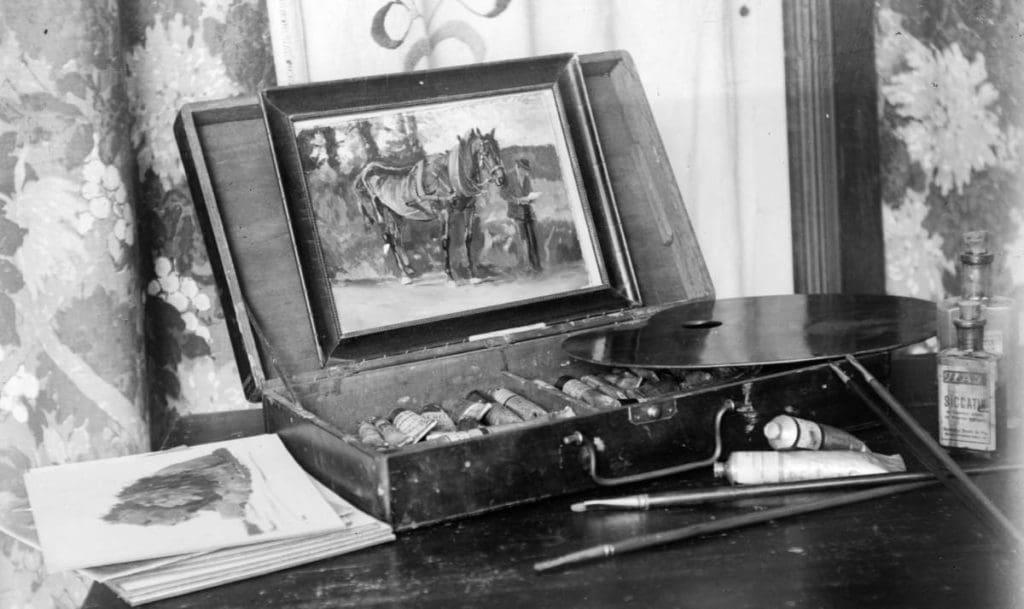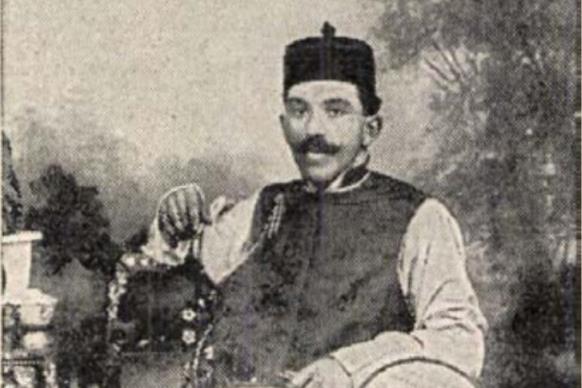One of Hungary’s least known and somewhat dubious claims to fame is to have had produced one of the most proficient con men who ever operated in Europe and Asia.
Nándor Sterk was born in a poor working-class family in Perjámos (now Periam, Romania) in 1876 and at the young age of 22 he moved to the capital, Budapest, where he found both employment as a shop clerk and his first opportunity to make some ill-gotten gains: he stole 500 forints (a sum equal to about three months of a teacher’s wage at the time).
This first escapade did not prove very successful. He was quickly caught and sentenced to six months in prison. But having had found his true vocation, he did not give up: shortly thereafter, he got a job at the Hungarian railways where, posing as the nephew of the company’s director, promised huge discounts on train tickets.
He is reported to have duped over 100 people with this promise alone and temporarily got away with the money, only to be apprehended three years later upon his return to Budapest.
He later switched methods and developed his mainstay con of posing as a famous Hungarian portrait painter János Lábay or miniature painter Ágoston Kovács

Though he never was any good at painting, this did not prevent him from asking (and receiving) advance payments commensurate with his purported standing as an artist and disappearing afterwards. He also extensively documented his travels in a dairy which proves that he was, in fact, a quite passable writer.
After a detour to Germany (mainly Munich), he moved to China and later Japan, using the same proven methods of duping prospective customers. He was again apprehended by police when back in Budapest in 1908, where a house search found a large collection of disguises.
At the time, he was posing as a Chinese painter in Hungary. Although charged with an impressive string of crimes, he got away with a light sentence on account of his allegedly severe lung disease.
The last records show that he was again arrested and convicted in 1915, the first year of World War I. Although only 44 when he was released from prison in 1920, the great changes after the major conflagration (and the fact that Hungary lost two-thirds of its territory at the time and was involved in a minor conflict with Romania), meant that he disappeared without a trace and was never heard of again.





